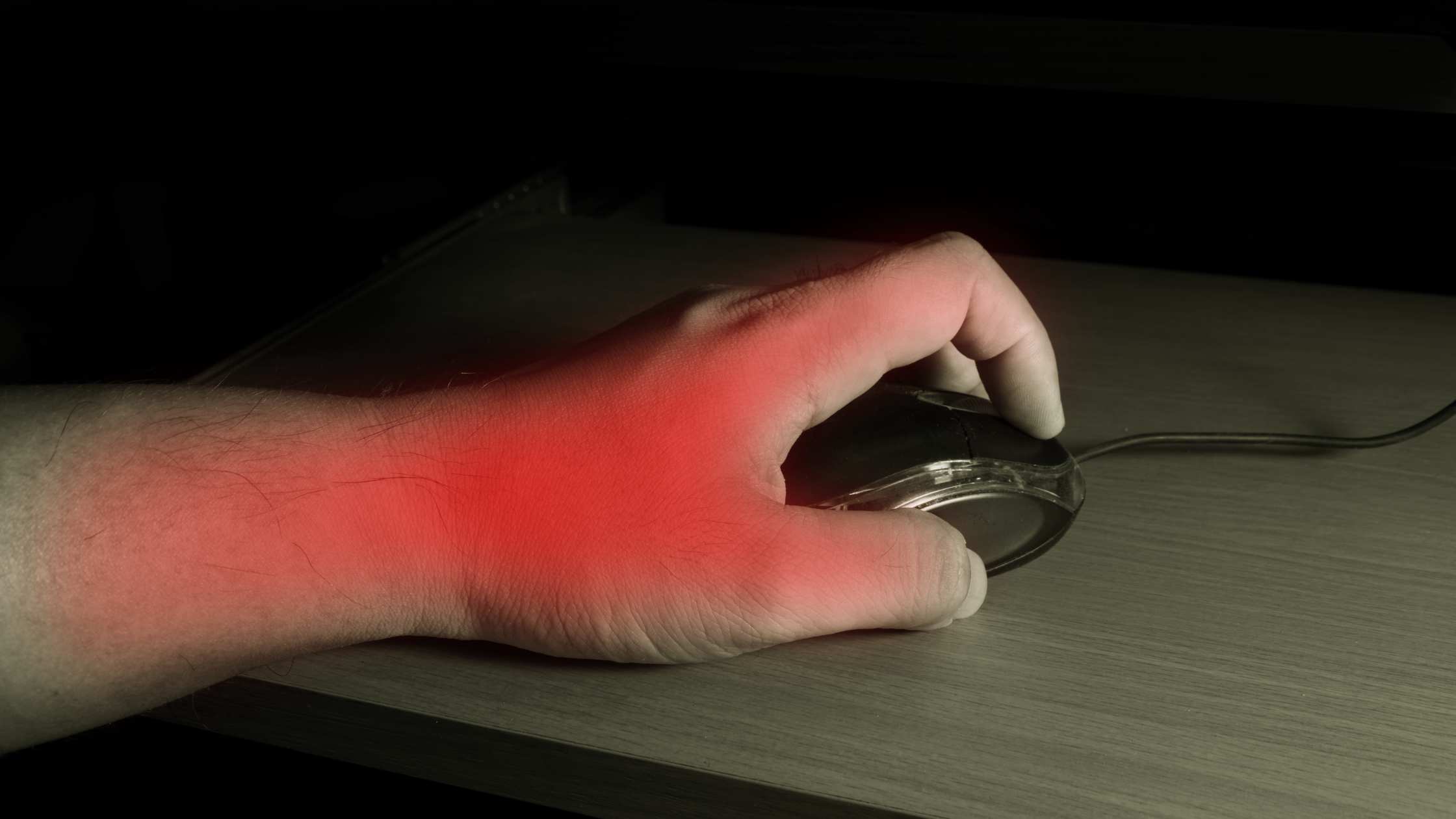Understanding Arthritis and Its Causes
You may not realize it, but understanding arthritis and its causes is crucial in determining whether butterfly clicking can lead to this debilitating condition. Arthritis is a common condition characterized by joint pain, inflammation, and stiffness. It can affect people of all ages, but it is more common among older adults.
There are many types of arthritis, including osteoarthritis, rheumatoid arthritis, and psoriatic arthritis. The causes of arthritis are not fully understood, but some risk factors include genetics, age, obesity, and joint injuries.
Arthritis prevention is key to reducing the risk of developing this condition. Lifestyle changes, such as maintaining a healthy weight, staying physically active, and eating a balanced diet, can help prevent arthritis. Additionally, avoiding repetitive motions that put stress on the joints, such as butterfly clicking, may also be helpful.
While there is currently no cure for arthritis, early diagnosis, and treatment can help manage symptoms and slow the progression of the disease. If you experience joint pain or stiffness, speak to your healthcare provider about ways to prevent or manage arthritis.
What is Butterfly Clicking?
If you're interested in gaming, you've probably heard about butterfly clicking. This technique involves using two fingers to rapidly click the mouse button, allowing for quicker and more efficient gameplay.
While butterfly clicking can improve your performance in games like Minecraft and PvP, it's important to consider potential concerns such as strain on the fingers and the possibility of getting banned from certain servers.
Some of the most popular games that rely on butterfly clicking include Minecraft, Hypixel, and SkyWars.
Technique and Benefits
By mastering the butterfly clicking technique, gamers can experience faster clicking speeds and gain a competitive edge. To execute the technique, a player needs to use two fingers to rapidly press the left and right buttons of the mouse.
This technique is often used in Minecraft PvP games, where players need to click quickly to hit their opponents and win the game. With practice, players can achieve clicking speeds of up to 20 clicks per second, which is twice as fast as regular clicking.
However, it's important to note that practicing the butterfly clicking technique excessively can lead to muscle strain and fatigue. This can cause pain in the fingers, hand, and wrist, especially if the player isn't using the proper technique or is using a mouse that isn't comfortable to use for long periods.
Therefore, it's recommended to take frequent breaks, stretch your fingers, and adjust your mouse settings to prevent injury and maintain good gameplay.
Common Concerns
One thing to keep in mind when using the butterfly clicking technique is that it can lead to muscle strain and fatigue if not performed correctly. This is because butterfly clicking requires rapid and repetitive finger movements, which can put a lot of strain on your hand muscles and joints.
Over time, this can lead to pain, stiffness, and even injury. To prevent these issues, it's important to use an ergonomic mouse that is designed to reduce strain on your hand and wrist. Additionally, you should take frequent breaks to stretch your hands and perform hand exercises that can help increase flexibility and strength.
By taking these precautions, you can safely enjoy the benefits of butterfly clicking without putting your hand health at risk.
Popular Games That Use Butterfly Clicking
Many gamers enjoy using the butterfly clicking technique in popular games that require quick and repetitive actions, such as Minecraft PvP and Hypixel Skywars.
In Minecraft PvP, butterfly clicking allows players to rapidly attack their opponents, giving them a significant advantage in battles.
This technique is also commonly used in Hypixel Skywars, a game mode that requires players to fight against each other on floating islands in the sky.
However, some players may be concerned about the potential health risks of butterfly clicking. While there's no conclusive evidence linking butterfly clicking to arthritis or other health issues, it's important to be mindful of your own physical limitations and to take breaks as needed.
If you experience any discomfort or pain while using this technique, it may be a sign that you need to take a break or switch to a different clicking method. Ultimately, the decision to use butterfly clicking should be based on your own personal preferences and comfort level.
The Potential Risks of Butterfly Clicking

You should be aware of the potential risks associated with butterfly clicking. These include the strain it can put on your fingers and the increased risk of developing repetitive strain injuries over time.
Butterfly clicking requires a rapid and repeated tapping motion that can cause stress on the tendons and muscles in your hand and fingers. This can lead to an increased likelihood of developing conditions such as carpal tunnel syndrome or tendinitis.
To prevent these injuries, it's important to take frequent breaks and stretch your hands and fingers during long gaming sessions. You should also consider using a different clicking technique, such as jitter clicking or drag clicking, that places less strain on your fingers.
Additionally, investing in a high-quality mouse with ergonomic features can also help to reduce the risk of injury and promote better hand health. By taking these preventative measures, you can continue to enjoy gaming while protecting your hands and fingers from potential harm.
The Latest Research on Butterfly Clicking and Arthritis

When it comes to the latest research on butterfly clicking and arthritis, there have been several studies and findings that shed light on the topic. However, it's important to note that there are limitations and inconsistencies in the research, and expert opinions vary on the subject.
While some believe that butterfly clicking can lead to arthritis, others argue that the evidence is inconclusive and that more research is needed to draw a definitive conclusion.
Studies and Findings
Research has shown that frequent butterfly clicking can lead to joint and muscle strain, but there's no evidence to suggest it directly causes arthritis.
A study conducted by researchers at the University of California, Irvine, found that butterfly clicking can lead to a higher risk of developing carpal tunnel syndrome due to the repetitive motion involved. This condition causes numbness, tingling, and weakness in the hand and wrist. However, the study did not find any significant link between butterfly clicking and arthritis.
Other studies have also found similar results. A study published in the Journal of Hand Therapy found that repetitive gaming techniques, including butterfly clicking, can cause hand and wrist pain, but did not find any evidence to suggest a direct correlation with arthritis.
It's important to note that while butterfly clicking may not directly cause arthritis, it can still have ergonomic concerns and health implications. It's recommended to take breaks, stretch regularly, and use ergonomic equipment to prevent strain and injury.
Limitations and Inconsistencies
Unfortunately, there are inconsistencies and limitations in the studies conducted on the long-term effects of frequent and repetitive hand motions, such as butterfly clicking. Some studies suggest that repetitive hand motions can lead to the development of arthritis, while others argue that there's no significant evidence to support this claim.
Additionally, the studies that have been conducted primarily focus on older adults and individuals with pre-existing conditions, making it difficult to generalize the findings to the general population.
Despite the lack of conclusive evidence, it's still important to practice injury prevention techniques when engaging in frequent and repetitive hand motions. Alternating between different techniques, such as butterfly clicking and drag clicking, can help reduce strain on the hands and prevent injury.
Additionally, taking frequent breaks and performing hand stretches can help alleviate discomfort and prevent long-term damage. It's important to prioritize hand health and take proactive measures to prevent injury, even in the absence of definitive evidence on the long-term effects of butterfly clicking.
Expert Opinions
Experts in the field suggest that practicing good hand health habits can help prevent potential long-term damage from frequent and repetitive hand motions like butterfly clicking.
Prevalence rates of arthritis caused by butterfly clicking are not well-documented as it's a relatively new phenomenon. However, it's known that repetitive hand motions can lead to conditions such as carpal tunnel syndrome and tendinitis.
Preventative measures such as taking breaks, performing stretches, and using ergonomic equipment can help reduce the risk of developing these conditions.
It's important for individuals who frequently engage in butterfly clicking or other repetitive hand motions to be aware of the potential risks and take steps to prevent long-term damage. Consulting with a physician or physical therapist can also provide valuable insight and guidance on maintaining good hand health.
A Quick Summary
In conclusion, it's essential to understand that arthritis is a complex medical condition that can result from various factors. While butterfly clicking may not be the sole cause of arthritis, it's essential to recognize that repetitive movements can lead to physical strain and damage to joints over time.
In some cases, this repetitive clicking motion can contribute to the development of arthritis symptoms, particularly in individuals who may be genetically predisposed to the condition.
The latest research on butterfly clicking and arthritis suggests that while there's no conclusive evidence linking the two conditions, it's still imperative to take precautions to prevent joint damage.
If you're a frequent butterfly clicker, consider taking breaks and practicing proper hand and wrist positioning to avoid unnecessary strain. Additionally, maintaining a healthy lifestyle that includes regular exercise and a balanced diet can help reduce the risk of developing arthritis in the future.
Ultimately, it's up to you to take the necessary steps to protect your joint health and prevent the onset of arthritis symptoms.





